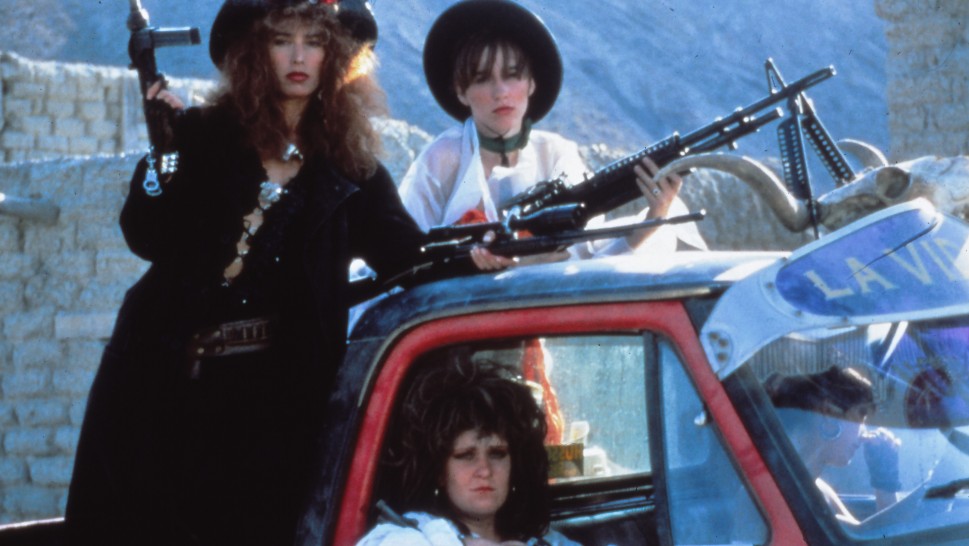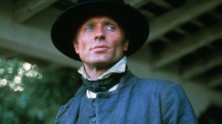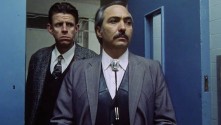



The Anarchic Imagination of Alex Cox
The course of Alex Cox’s career parallels the fortunes of American independent cinema over the past thirty years. During that time, Cox has made the transition from studio-funded wunderkind to transnational indie director to a filmmaker working in what he calls “microcinema”: movies made for very little money, shot digitally and distributed by adventurous small companies. This trajectory places him squarely in the tradition of many of the maverick filmmakers that have inspired Cox, like Samuel Fuller and Monte Hellman.
Born near Liverpool in 1954, Cox studied at Oxford before moving to Los Angeles in the late 1970s and attending film school at UCLA. His first two films reflect a sense of being a stranger in a strange land—the 1980 student film Edge City and his feature debut Repo Man — with the punk attitude of the latter continuing to his next project, Sid and Nancy (1985), about Sid Vicious and Nancy Spungen, and spilling over to much of his subsequent work as well. From Los Angeles, Cox discovered the West of both the US and Mexico, the setting of a number of his films, from Straight to Hell to Searchers 2.0, and the place where Cox now spends much of time, teaching on the faculty of the Film Studies program at the University of Colorado, Boulder.
In a way, the beginnings of Cox’s career represent the last gasp of the openness that the studio system exhibited in the 1970s. Repo Man was actually produced by Universal, as was Walker. That film, shot in Nicaragua and critical of US foreign policy toward that country’s Sandinista-led government, marked the last time Cox worked in Hollywood. Since then, he has led a peripatetic existence as a filmmaker, finding locations and funding not only in Mexico, but in Britain, the Netherlands and Japan as well. He’s also worked as an actor for such directors as Arturo Ripstein, Dennis Hopper and Alex de la Iglesia.
Cox’s love of cinema, evident in numerous articles and books and his stint as the host of the BBC program “Moviedrome,” centers especially on the work of those filmmakers who have invigorated their work with the vitality and drive of genre cinema; besides the directors already mentioned, these include Ford, Kurosawa, Leone, Peckinpah and Roeg. Inspiration from and homage to these auteurs occurs frequently in Cox’s own films. But far from being a Tarantino avant la lettre, Cox eschews cynical pastiche for a passionate belief in cinema as critique—of consumerism, of warfare as foreign policy, of the fusion of politics and the media—and as an art form well suited to expressions of anarchic energy.– David Pendleton











